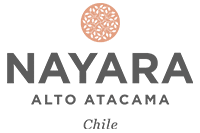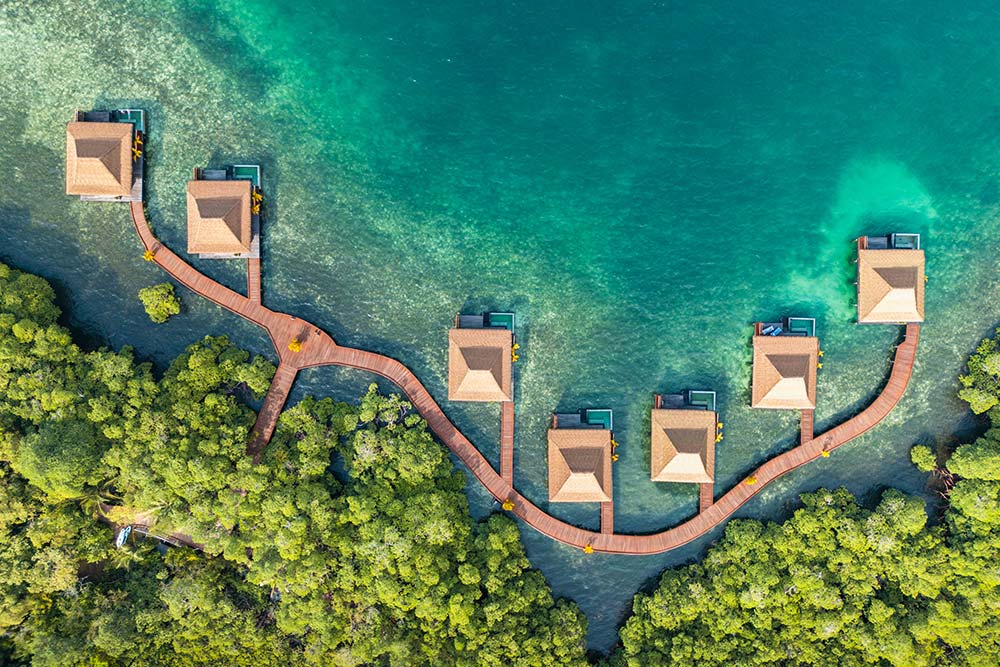Theme Song – “Adventure Of A Lifetime”, Coldplay
Thirty-five years ago, Tom and Dawn McDonald departed Grand Rapids’ Gerald Ford Airport on an adventure of a lifetime to Costa Rica. Two weeks later they returned with incredible tales of thatched roofed bungalows, untouched beaches, monkeys, toucans, and scarlet macaws (Tom was my boss at the time and he brought back a small hand-carved jewelry box gift for me.) At that time, little was known about this exotic Central American country. Today, the same is true about Panama. Costa Rica and Belize are common destinations, but other than the Panama hat and the Panama Canal, Panama remains a mystery to most.
The iconic Panama Hat has been a stylish trademark of Panama for more than a century. The Panama hat originated in Ecuador, but Panama is the country that made it famous. Theodore Roosevelt was photographed many times wearing the attractive straw hat while inspecting the Panama Canal.
The Panama Canal, one of the Seven Wonders of the Modern World, serves as a maritime passageway between the Atlantic and Pacific Oceans, enabling ships to avoid the lengthy and hazardous voyage around Cape Horn at the southern tip of South America. The French started construction of the canal in 1882. In 1904 the United States purchased the canal from France and continued construction until it was finished in 1914. On December 31, 1999 the canal was turned over to the Panamanians.

The United States Building the Panama Canal
So, what’s next for Panama and why would you consider making it a vacation destination? What is unique about Panama? Is it safe? Does Panama have luxury resorts? Let’s explore these questions and see if Panama might be a fit for you.
Panama, Belize, and Costa Rica are the three safest countries in Central America according to the US Department of State. Not only is it safe to travel in Panama, but it is also hurricane-free which makes it an obvious alternative destination during the Atlantic hurricane season of June through November. Ironically, the best weather of the year on the Caribbean side of Panama is September and October.
Panama might be the only country in the world where you can have a first-world experience on one side and a third-world experience on the other. It is the only country where you can stand atop the tallest mountain, Vulcan Baru, and watch the sunrise over the Pacific Ocean and set over the Atlantic.
Viewing Panama City from an airplane feels like flying into Chicago. Panama City is the financial capital of Central America and has plenty of skyscrapers to match the image, including a few that look like they should be in Dubai. It is a vibrant cosmopolitan city with a diverse population which is reflected in its cuisine, music, dance, and many festivals.
The best place to stay in Panama City is Casco Viejo or “old quarter”. It is a happening place known for its fine cuisine and numerous rooftop bars with spectacular views of the skyline. There is no need for a car since this UNESCO Cultural World Heritage Site, where the President of Panama resides, is a walkable ten blocks by ten blocks. You will also find several upscale boutique hotels and two over-the-top luxury hotels, La Compania and Sofitel Legend.

Panama City Panama

Sofitel Legend in Casco Viejo

La Compania Casco Viejo (John Travolta stayed here last week)
A fifty-minute flight from Panama City (on the Pacific Ocean) to Bocas Del Toro (on the Atlantic Ocean/Caribbean Sea) transports you from a first-world country to a third-world setting in less than an hour.
In the Bocas Del Toro province, a high percentage of the population is made up of the Ngäbe-Buglé indigenous tribes. The Gu Ngäbe-Buglé generally live in simple small jungle settings in houses supported by sticks with a grass or zinc roof and a dirt floor. It is common in the Bocas Del Toro archipelago to see the Ngäbe-Buglé people paddling or sailing in their hand-carved ocean canoes. These are fishermen who make their living catching and selling lobster, crab, fish, conc, and octopus.

Ngäbe-Buglé Indigenous Fisherman in Bocas Del Toro (I took this photo on one of my first trips to Bocas)
Bocas Del Toro is also one of the few places in the western hemisphere that is suitable to overwater bungalows like Tahiti, Bora Bora, and the Maldives. Overwater bungalows are continually featured in travel publications, but what most people don’t know is that there are only about 220 overwater resorts in the world and approximately 55% of these are in the Maldives.
Just for fun let’s do a quick comparison between a trip from Chicago to Maldives and Chicago to Panama City Panama.

Once you are in Panama City, Bocas Del Toro is a short 50-minute flight from a regional airport that regularly offers four flights a day. Once you arrive there are several overwater resorts to choose from as well as many Airbnb overwater homes.
Punta Caracol, Azul Paradise, and Nayara Bocas Del Toro are all boutique overwater bungalow options in the Bocas Del Toro archipelago. In addition to these, there are several smaller economy overwater accommodations including Sol Bungalows, The Sea Monkey Overwater Bungalows, Urraca Private Island, Koko Acqua Lodge, Cosmic Crab Resort, Eclypse de Mar Acqua Lodge, Faro del Colibri, and Aqui hoy cabañas.

Punta Caracol Bocas Del Toro – $220 to $280 per night

Azul Paradise Bocas Del Toro – $362 – $402 per night

Sol Bungalows Bocas Del Toro – $298 to $368 per night
Nayara Bocas Del Toro is the first 5-star overwater resort in Bocas Del Toro. There are others currently in the planning stage. Nayara is a private island, 16+ adults-only, and premium all-inclusive. It features sixteen overwater villas each with private pools, four luxurious treehouses, two restaurants – The Elephant House & The Coral Café, The Tipsy Bar, a seventy-foot freshwater infinity pool, a spa, a gym, six private boats and captains, and the world’s first over-the-water beach on stilts. In 2023 it was rated one of the top new hotels in the world by AFAR and Town & Country.

Nayara Bocas Del Toro – $1,100 to $2,000 per night premium all-Inclusive

The Elephant House Restaurant at Nayara Bocas Del Toro

Treehouse at Nayara Bocas Del Toro
Thirty-five years ago, when Tom and Dawn traveled to Costa Rica no one was talking about this beautiful untouched country (to this day I still use the hand-carved gift from Tom for my “poker money”.) There was no such thing as a first-class hotel let alone air conditioning. Today you can experience a similar adventure in Panama in the comfort of a 5-star overwater resort. Imagine waking up to a spectacular sunrise over the crystal-clear Caribbean Sea and a Ngäbe-Buglé fisherman peacefully paddling by in a hand-carved ocean canoe.

























